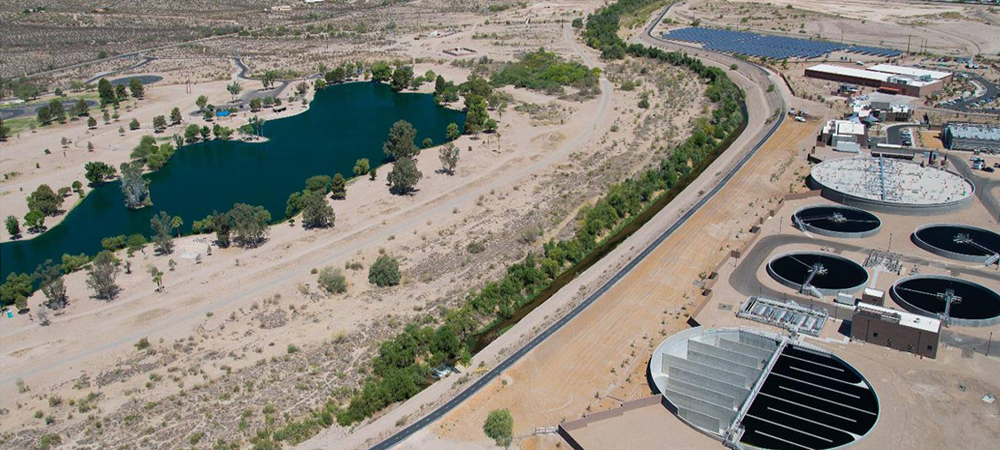Tucson wastewater treatment to be improved

TUCSON, AZ -The Arizona Department of Environmental Quality has announced $25 million in funding to help Tucson Water improve treatment of perfluoroalkylated and polyfluoroalkylated substances (PFASs) at a treatment plant that addresses severe groundwater contamination associated with a federal Superfund site.
The investment will provide the additional treatment upgrades necessary to adapt the Tucson Airport Remediation Project (TARP) treatment approach to incorporate a proven unit process specifically targeting PFAS removal and continue to safely treat contaminated groundwater in the area.
Tucson Water has operated TARP since 1994 to successfully treat and contain a contaminated groundwater plume near Tucson International Airport, removing the industrial chemicals TCE and 1,4-Dioxane and supplying the clean water to the drinking water system. Arizona’s investment will help the City of Tucson meet the plant’s original mission to contain the decades-old plume of TCE and 1,4-Dioxane contaminated groundwater.
“I am very grateful that the State was able to prioritize this critical project to prevent the failure of a Superfund remedy in a Tucson environmental justice area,” said Misael Cabrera, ADEQ Director.
“I am grateful for this collaboration with Director Cabrera and ADEQ to continue to protect our water security,” said Tucson Mayor Regina Romero. “We are all too aware of the painful history of water contamination in our region, especially those affecting disadvantaged communities. There is much work to be done to clean up PFAS throughout the Tucson region, and this is an important step forward.”
The $25 million allocation of federal funds will be used to construct additional treatment processes for the removal of PFAS from contaminated groundwater recovered from TARP wellfields.
ADEQ and Tucson Water are working on an intergovernmental agreement to facilitate the use of the funding.
To date, Tucson Water has spent more than $30 million to address PFASs locally by continuing to test for the compounds in all drinking water sources in its 390-square-mile service area, closing contaminated wells and drilling new ones in clean areas, and removing PFASs in TARP.
